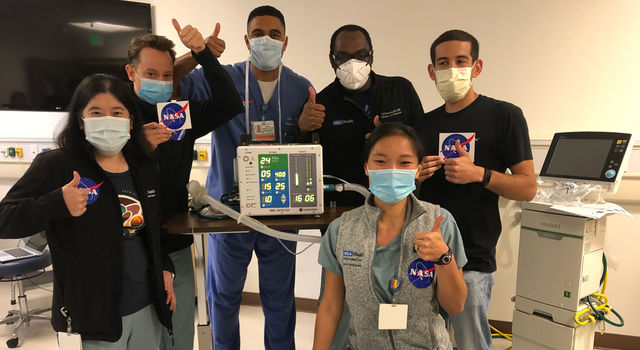Blogs | My Big Fat Planet | December 6, 2010
Unchained Goddess: Frank Capra Knew
You might think from the amount of “climate science debate” that is given airtime in the U.S. media that it’s undiscovered territory. But it’s not. The science is very well established and goes back a long way. Global warming is not a new concept.
The Victorians knew about it. John Tyndall (born 1820) knew about it. So did Svante August Arrhenius. In April 1896, Arrhenius published a paper in the London, Edinburgh and Dublin Philosophical Magazine and Journal of Science entitled “On the influence of carbonic acid in the air upon the temperature of the ground.” (Arrhenius referred to carbon dioxide as “carbonic acid” in accordance with the convention of the time.)
Arrhenius’ paper was the first to quantify how carbon dioxide contributed to the greenhouse effect — carbon dioxide warms up the Earth by trapping heat near the surface, a bit like swaddling the planet in an extra blanket. Arrhenius was also the first to speculate about whether changes in the amount of carbon dioxide in the atmosphere have contributed to long-term variations in Earth’s climate. He later made the link between burning fossil fuels and global warming.
Another person who “knew” some time ago was Frank Capra. Graduating from Caltech in 1918, he went on to become a famous filmmaker responsible for “It’s a Wonderful Life” and other movies. But one that stands out, at least for nerds like me or people with an interest in climate change is “Meteora: The Unchained Goddess”, released in 1958.
Made for Bell Labs, this most awesome educational film speaks of “extremely dangerous questions”:
Dr. Frank C. Baxter: “Because with our present knowledge we have no idea what would happen. Even now, man may be unwittingly changing the world’s climate through the waste products of his civilization. Due to our release through factories and automobiles every year of more than six billion tons of carbon dioxide, which helps air absorb heat from the sun, our atmosphere seems to be getting warmer."
Richard Carlson: "This is bad?"
Dr. Frank C. Baxter: "Well, it's been calculated a few degrees rise in the Earth’s temperature would melt the polar ice caps. And if this happens, an inland sea would fill a good portion of the Mississippi valley. Tourists in glass bottom boats would be viewing the drowned towers of Miami through 150 feet of tropical water. For in weather, we’re not only dealing with forces of a far greater variety than even the atomic physicist encounters, but with life itself."
In 1958, they knew about the effects of heating up the planet. In the 1800s they knew about it. Today, the biggest challenge facing climate scientists lies in predicting how much our climate will change in the future. It’s not a trivial task, given how complicated the climate system is — we can barely predict in detail more than a week’s worth of weather. We’re not viewing Miami through bottomed-glass boats yet, but we’re already beginning to see some of the predictions of global warming — melting sea and land ice, sea level rise, more extreme weather events, changes in rainfall and effects on plants and animals — be borne out.
Thanks to OSS and Discovery News for the tip.
This post was written for "My Big Fat Planet," a blog hosted by Amber Jenkins on NASA's Global Climate Change site.
TAGS:EARTH, EARTH SCIENCE, GLOBAL CLIMATE CHANGE, GLOBAL WARMING, NASA







